Storytelling has been an integral part of human history. We’ve evolved from verbal storytelling by a campfire to creating intricate, visual narratives through books, films, and digital platforms. Today, artificial intelligence (AI) is taking storytelling to unprecedented heights. By blending human creativity with machine learning, AI is empowering storytellers to transform static images into dynamic videos—a revolutionary leap that’s changing how we create and consume stories.
This article explores how AI transforms storytelling through the image-to-video generation process, the underlying technical innovation, and how this technology represents an accessible advancement in creativity for all.
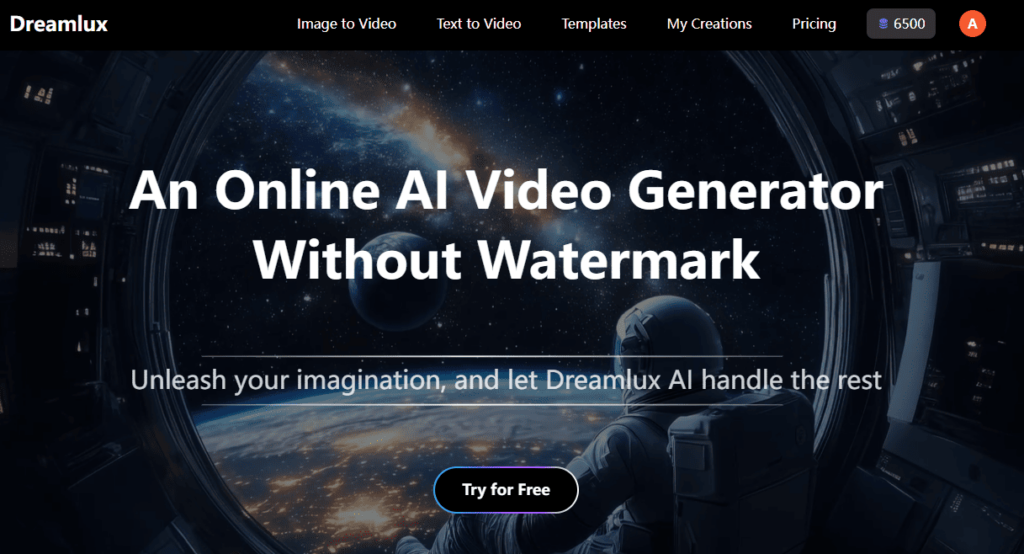
The evolution of visual storytelling
Historical storytelling has always sought ways to make stories alive. Artists painted murals, photographers captured moments, and filmmakers brought stories to screens through dynamic visuals. Now, AI is enabling a transformative leap by bridging the gap between images and videos, redefining how creators can express their stories.
The process starts with something as simple as an image. An AI image-to-video generator takes this static input and creates motion, breathing life into it. Videos can convey emotions, add depth, and immerse the audience in ways images cannot. For businesses, creators, and even hobbyists, AI tools make this dynamic mode of expression accessible to anyone, regardless of technical skills.
The magic behind converting images to videos
The seemingly magical transformation of images into videos is driven by several cutting-edge AI technologies. Let’s explore some technical processes behind this innovation:
Motion prediction algorithms
At the heart of turning images into videos lies motion prediction. AI models analyze images to predict possible movements, like continuing a dog’s running motion. They use visual cues such as posture, texture, and surroundings. Techniques like optical flow and neural networks simulate movement to create dynamic outputs.
Generative adversarial networks (GANs)
GANs help create realistic video frames. A generator produces frames, while a discriminator checks their quality. Their interaction ensures smooth and coherent transitions between frames.
Style transfer and animation
AI blends animations (like moving clouds) with the style of the original image. For example, it can turn a Picasso painting into a dynamic art piece while preserving its unique brushstroke effect.
Accessible AI innovation in action
These technical processes might sound complex, but thanks to accessible tools, anyone can leverage this technology for creative purposes. For instance, Dreamlux Image to Video AI generation tool simplifies these advanced methods into an interface that’s easy and intuitive to use. Creators simply upload images, specify motion preferences, and the tool generates outputs in minutes.
This democratization of technology means that both seasoned professionals and aspiring storytellers can leverage cutting-edge AI to bring their visual narratives to life.
Applications of AI video storytelling in real life
The integration of image-to-video AI generation is transforming industries beyond the traditional scope of multimedia. Here are some examples of how businesses and creators are leveraging this technology:
Marketing campaigns
Businesses are using free AI video generator without watermark for content creation to captivate their audiences on social media platforms. A static product image can be turned into an engaging video ad featuring animated effects or motion graphics, catching more eyes in crowded feeds.
Augmenting learning materials
Educators and curriculum developers are applying this technology to create dynamic, interactive learning resources. History lessons, for example, can take old, static maps or illustrations and immerse students in video journeys through time and space.
Artistic expression
Artists are combining AI with their creativity to produce hybrid visual narratives. Whether it’s musical videos featuring AI-animated album artwork or digital exhibitions with moving image installations, the boundaries of art are constantly pushed.
Looking ahead: The future of AI in storytelling
The future of AI-powered storytelling is bright. As algorithms grow smarter and hardware becomes faster, image-to-video generation will gain even more sophistication. From personalized videos for every user to fully AI-created animated movies, the possibilities are endless.
By embracing these tools today, creators take an early step into the next chapter of digital storytelling where AI is an invaluable partner, not a replacement. The static is no longer static; it moves, it breathes, and it tells your story.
Final thoughts
AI-driven tools are bridging the gap between dream and reality for storytellers. The ability to transform simple images into videos is a profound technological leap that is changing how individuals and industries share their narratives.
In this exciting landscape, innovations in AI are not merely about efficiency—they represent a profound shift in creative expression. Embracing these tools can unlock new realms of storytelling, where the boundary between imagination and reality is continually redefined.



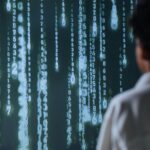
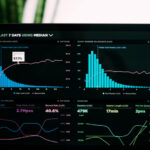

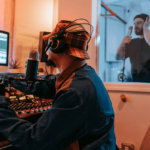


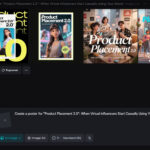
Leave a Reply